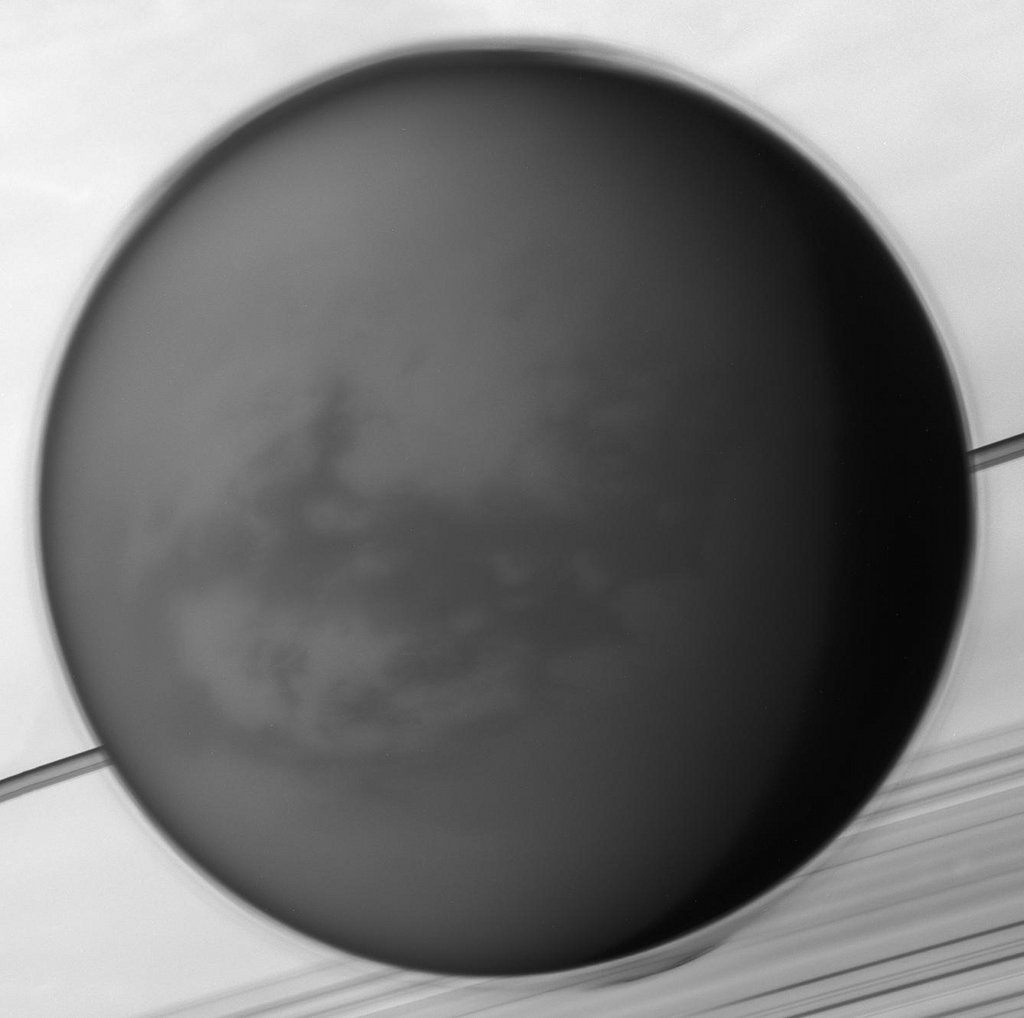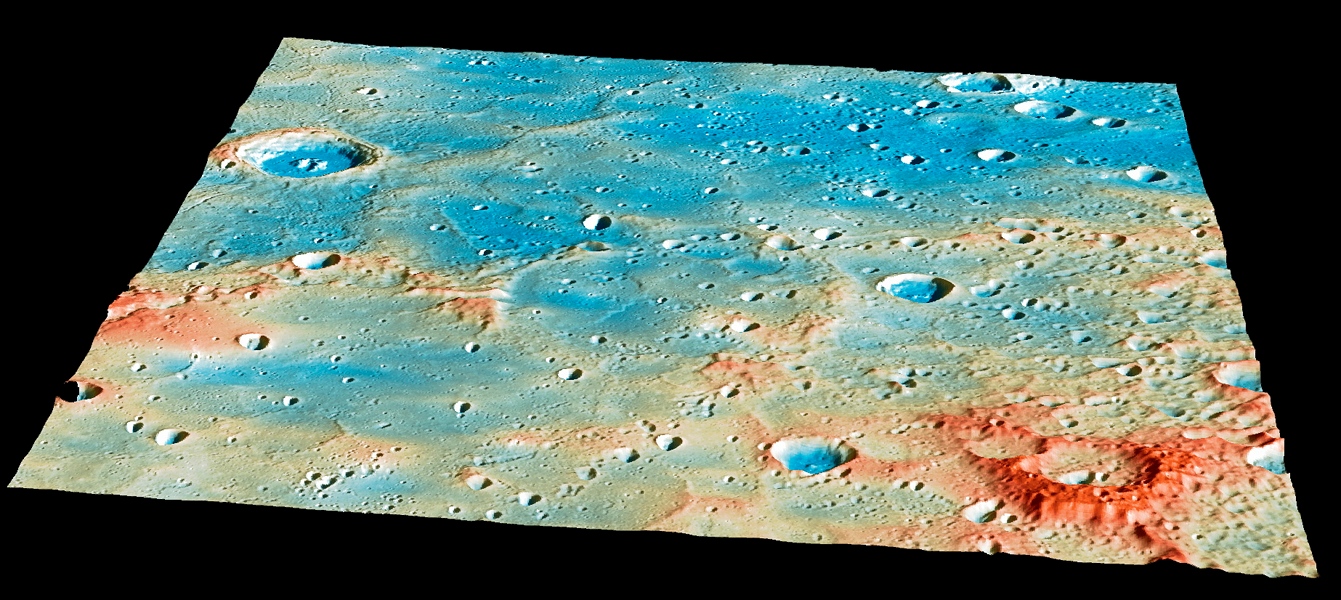Explanation: What’s causing those lines? Objects in the sky sometimes appear reflected as lines across water — but why? If the water’s surface is smooth, then reflected objects would appear similarly -- as spots. But if the water is choppy, then there are many places where light from the object can reflect off the water and still come to you -- and so together form, typically, a line. The same effect is frequently seen for the Sun just before sunset and just after sunrise. Pictured about 10 days ago in Ibiza, Spain, images of the setting Moon, Venus (top), and Saturn (right, faint) were captured both directly and in line-reflected forms from the Mediterranean Sea. The other bright object on the right with a water-reflected line is a beacon on a rock to warn passing boats.
Nombre total de pages vues
05/05/2025
ASTRONOMY - Planet Lines Across Water
04/05/2025
SANTé/MEDECINE - LE CANCER DU SEIN peut commencer par des signes discrets - Un mamelon qui se rétracte soudainement (4/5)
ASTRONOMY - Spin up of a Supermassive Black Hole
2025 May 4
Illustration Credit: Robert Hurt, NASA/JPL-Caltech
Explanation: How fast can a black hole spin? If any object made of regular matter spins too fast -- it breaks apart. But a black hole might not be able to break apart -- and its maximum spin rate is really unknown. Theorists usually model rapidly rotating black holes with the Kerr solution to Einstein's General Theory of Relativity, which predicts several amazing and unusual things. Perhaps its most easily testable prediction, though, is that matter entering a maximally rotating black hole should be last seen orbiting at near the speed of light, as seen from far away. This prediction was tested by NASA's NuSTAR and ESA's XMM satellites by observing the supermassive black hole at the center of spiral galaxy NGC 1365. The near light-speed limit was confirmed by measuring the heating and spectral line broadening of nuclear emissions at the inner edge of the surrounding accretion disk. Pictured here is an artist's illustration depicting an accretion disk of normal matter swirling around a black hole, with a jet emanating from the top. Since matter randomly falling into the black hole should not spin up a black hole this much, the NuSTAR and XMM measurements also validate the existence of the surrounding accretion disk.
03/05/2025
SANTé/MEDECINE - LE CANCER DU SEIN peut commencer par des signes discrets - Un bras ou la clavicule qui gonfle sans raison
ASTRONOMY - Titan: Moon over Saturn
2025 May 3
Image Credit: NASA, JPL-Caltech, Space Science Institute
Explanation: Like Earth's moon, Saturn's largest moon Titan is locked in synchronous rotation with its planet. This mosaic of images recorded by the Cassini spacecraft in May of 2012 shows its anti-Saturn side, the side always facing away from the ringed gas giant. The only moon in the solar system with a dense atmosphere, Titan is the only solar system world besides Earth known to have standing bodies of liquid on its surface and an earthlike cycle of liquid rain and evaporation. Its high altitude layer of atmospheric haze is evident in the Cassini view of the 5,000 kilometer diameter moon over Saturn's rings and cloud tops. Near center is the dark dune-filled region known as Shangri-La. The Cassini-delivered Huygens probe rests below and left of center, after the most distant landing for a spacecraft from Earth.
02/05/2025
SANTé/MEDECINE - LE CANCER DU SEIN peut commencer par des signes discrets - Une douleur dans la poitrine ou les seins (2/5)
ASTRONOMY - Young Star Cluster NGC 346
2025 May 2
Science - NASA, ESA, CSA, Olivia C. Jones (UK ATC), Guido De Marchi (ESTEC), Margaret Meixner (USRA)
Processing - Alyssa Pagan (STScI), Nolan Habel (USRA), Laura Lenkić (USRA), Laurie E. U. Chu (NASA Ames)
Explanation: The most massive young star cluster in the Small Magellanic Cloud is NGC 346, embedded in our small satellite galaxy's largest star forming region some 210,000 light-years distant. Of course the massive stars of NGC 346 are short lived, but very energetic. Their winds and radiation sculpt the edges of the region's dusty molecular cloud triggering star-formation within. The star forming region also appears to contain a large population of infant stars. A mere 3 to 5 million years old and not yet burning hydrogen in their cores, the infant stars are strewn about the embedded star cluster. This spectacular infrared view of NGC 346 is from the James Webb Space Telescope's NIRcam. Emission from atomic hydrogen ionized by the massive stars' energetic radiation as well as molecular hydrogen and dust in the star-forming molecular cloud is detailed in pink and orange hues. Webb's sharp image of the young star-forming region spans 240 light-years at the distance of the Small Magellanic Cloud.
01/05/2025
LA TERRE VUE DU CIEL - Palette de bleus au large de Brest par le satellite Aqua
ASTRONOMY - MESSENGER's Last Day on Mercury
2025 May 1
Image Credit: NASA, Johns Hopkins Univ. APL, Arizona State Univ., CIW
Explanation: The first to orbit inner planet Mercury, the MESSENGER spacecraft came to rest on this region of Mercury's surface on April 30, 2015. Constructed from MESSENGER image and laser altimeter data, the projected scene looks north over the northeastern rim of the broad, lava filled Shakespeare basin. The large, 48 kilometer (30 mile) wide crater Janacek is near the upper left edge. Terrain height is color coded with red regions about 3 kilometers above blue ones. MESSENGER'S final orbit was predicted to end near the center, with the spacecraft impacting the surface at nearly 4 kilometers per second (over 8,700 miles per hour) and creating a new crater about 16 meters (52 feet) in diameter. The impact on the far side of Mercury was not observed by telescopes, but confirmed when no signal was detected from the spacecraft given time to emerge from behind the planet. Launched in 2004, the MErcury Surface, Space ENvironment, GEochemisty and Ranging spacecraft completed over 4,000 orbits after reaching the Solar System's innermost planet in 2011.
ASTRONOMY - Giant Galaxies in Pavo
2025 August 19 Giant Galaxies in Pavo Image Credit & Copyright : Adam Block Explanation: Over 500,000 light years across, NGC 6872 ...

-
2022 September 26 All the Water on Planet Earth Illustration Credit: Jack Cook, Adam Nieman, Woods Hole Oceanographic Institution ; Data ...
-
2025 January 14 North Star: Polaris and Surrounding Dust Image Credit & Copyright: Davide Coverta Explanation: Why is Polaris called ...








